There’s a lot of debate as to the quality of Australian driving standards. According to Road Trauma Australia, in 2021 there were unfortunately 1,123 road death crashes. What’s especially alarming about that toll – in an age where most new cars are equipped with a long list of active and passive safety features – is that it’s actually an increase compared to 2020, up by 2.6 per cent. And while many people I speak to – and indeed online comments I see – have various opinions on the matter, I think we should start with the absolute basics and first up is teaching people how to use their headlights.
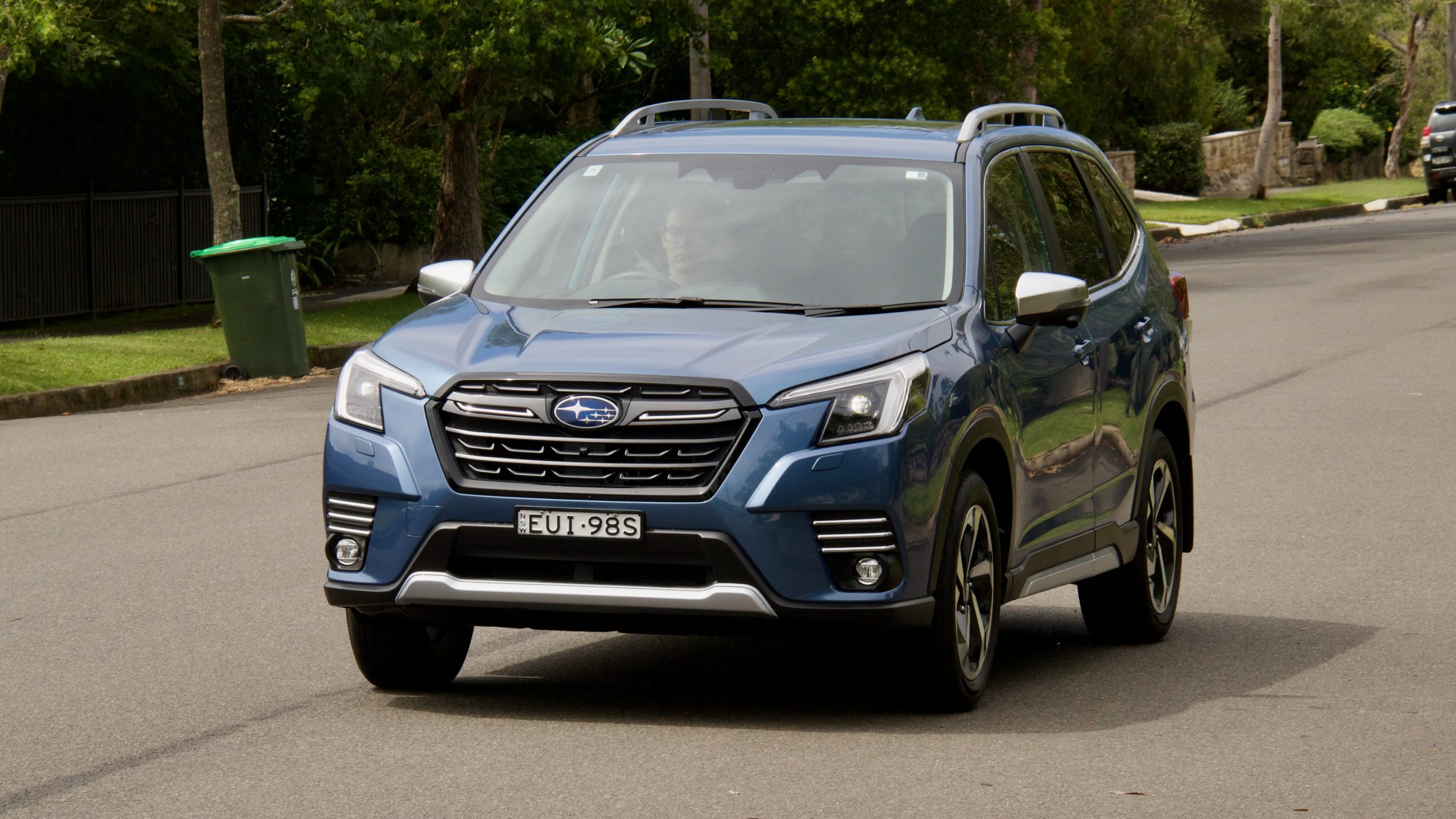
Driving home the other night, I had to stop an MG3 driver to tell them to turn their headlights on. Their response to me telling them to turn on their lights on “how do I do that?” and while my friends, family and even Facebook friends see my frustration at this issue daily, I thought that it was time to use my position as a (small) voice in the automotive industry for the better. Why is this such a big issue? Read below to find out my theories on the issues at hand.
So many car makers need to get serious about basic design
The biggest reason I predict that drivers don’t have their headlights on at night is poor design, and car makers like Toyota, Mazda, Honda, Mitsubishi and Hyundai/Kia are the biggest culprits. Why do people not have their headlights on at night? They think that they are on because their dials are lit up. Yet it’s an easy fix – all Volkswagen Group products for the last 30 years have cleverly designed dials to stop this issue and I have never seen a VW Group product without its lights on at night. On cars without digital instrument clusters, the dials aren’t lit unless the headlight switch is in either automatic or low beam mode and in a car with a digital instrument cluster, the lights are in off mode when the lights are meant to be on, a message pops up until the driver switches the lights on.
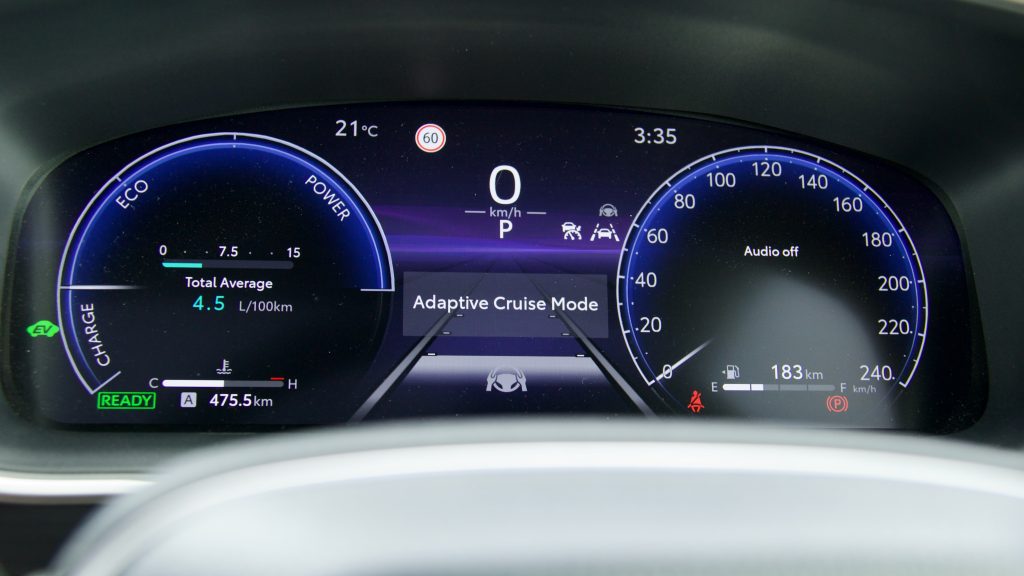
In the olden days – I mean the pre-2010s, mostly – Australian-spec cars’ dials would only be lit if their headlights were turned on, forcing drivers to turn on their lights in order to see their otherwise illegible instrument clusters. In recent years, automakers have increasingly moved to dials which are are permanently lit up, moving to indicating whether headlights are on by way of small and easily overlooked icons. This trend will only increase further as more and more cars feature digital driver’s displays. Joe Average driving their 2008 Toyota Yaris for food delivery services is unlikely to notice that their headlights are off because the dials are fully lit.
Just because a car has automatic headlights doesn’t mean the lights are actually going to activate automatically
I have genuinely lost count of the amount of times that I’ve had to tell somebody to turn their headlights on for them to tell me that “they’re automatic”. That doesn’t mean that your headlights are actually in automatic mode – they’re switched off, and your car is fully unlit at the rear, which is very dangerous. And because your dials are fully lit, you have no idea! Or an owner’s car comes back from a service with the headlights switched to off mode, but again, they have no idea.
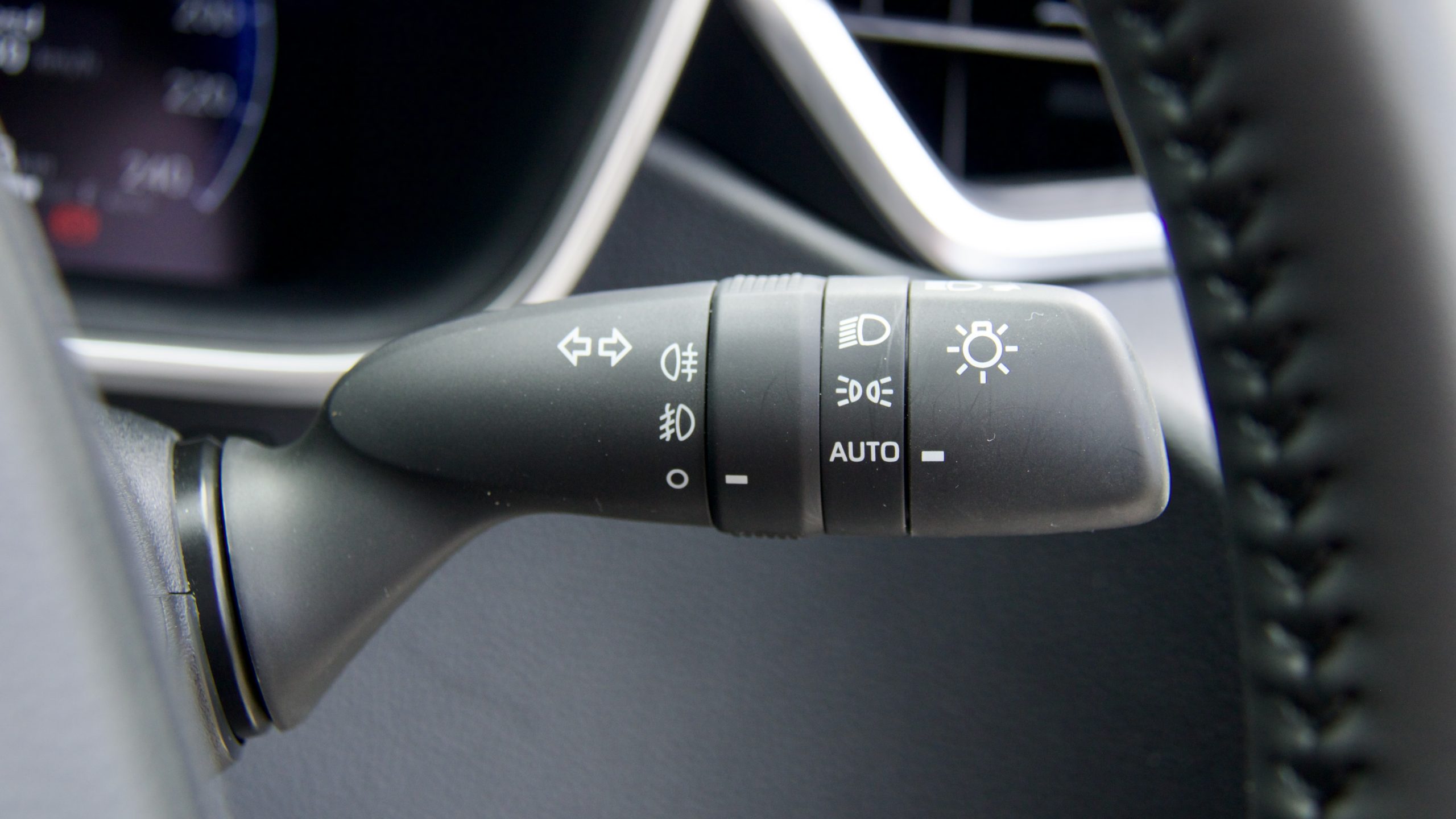
It’s the same for rainy days, where drivers – if they actually realise how beneficial it is to switch your headlights on and based on Sydney drivers, that isn’t many – will expect their headlights to turn on because they’re in automatic mode. But because headlight sensors in most cars run off light and not the wipers, most cars won’t activate their headlights because of the rain alone. Even a 2011 TM Holden Barina will turn its lights on automatically with rain – General Motors products are excellent at that – so why can’t all modern cars?
Thankfully, some car makers are realising the error of their ways and designing cars where you can’t switch the headlights off – the newest Toyota and Peugeot/Citroen products don’t feature an ‘off’ mode on their headlight switches, while both Mazda’s latest cars – the 3, CX-30 and MX-30 – won’t let their headlights be switched off while driving at night, no matter what you do with the headlight switch (I wish it were the same with rain, however).
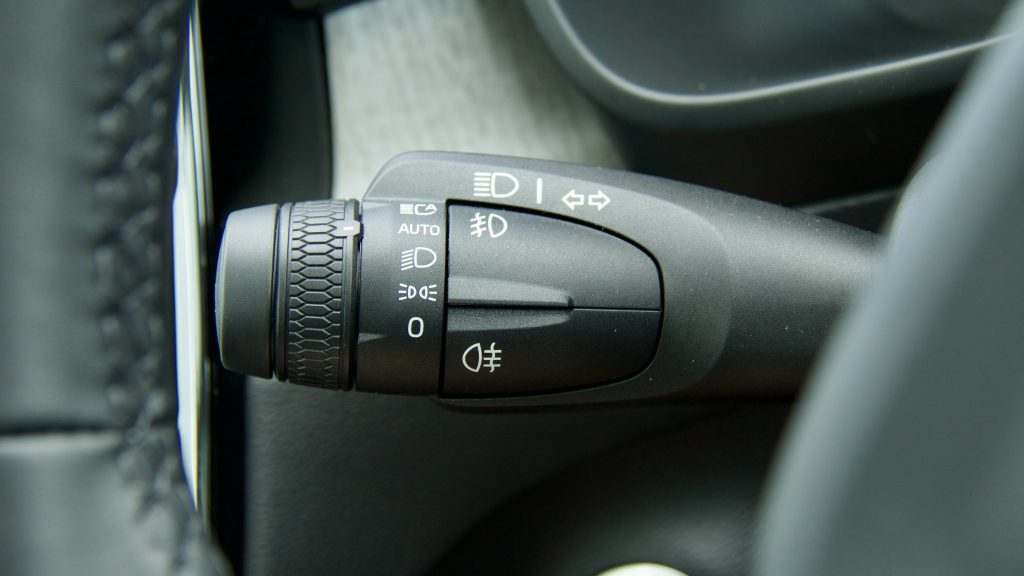
This is because of a new Japanese design law where car’s headlights have to have two modes by law: on and automatic, and that’s it. This is because of endless cases of ‘phantom cars’ driving around without their headlights switched on because of said poor design. Considering how pedantic our design rules are and how much it costs car makers to adapt their products to our design rules to sell them here, it’s surprising to see that Australia doesn’t yet have a similar idea. I’d love to see a similar law implemented in Australian design rules because even in Teslas – some of the world’s most technologically advanced cars – are culprits in driving around with their headlights switched off at night.
Daytime running lights are not headlights
Another big problem, in my opinion, are daytime running lights. If you’re unfamiliar with the concept, daytime running lights are the bright, small, often-LED and often-stylised lights on the front of cars that are used to increase a car’s visibility to other road users in the daytime. They are often comparable to high beams in strength and their actual light pattern – versus a car’s low beam unit – is quite poor, which means that they’re not at all useful for night time use.
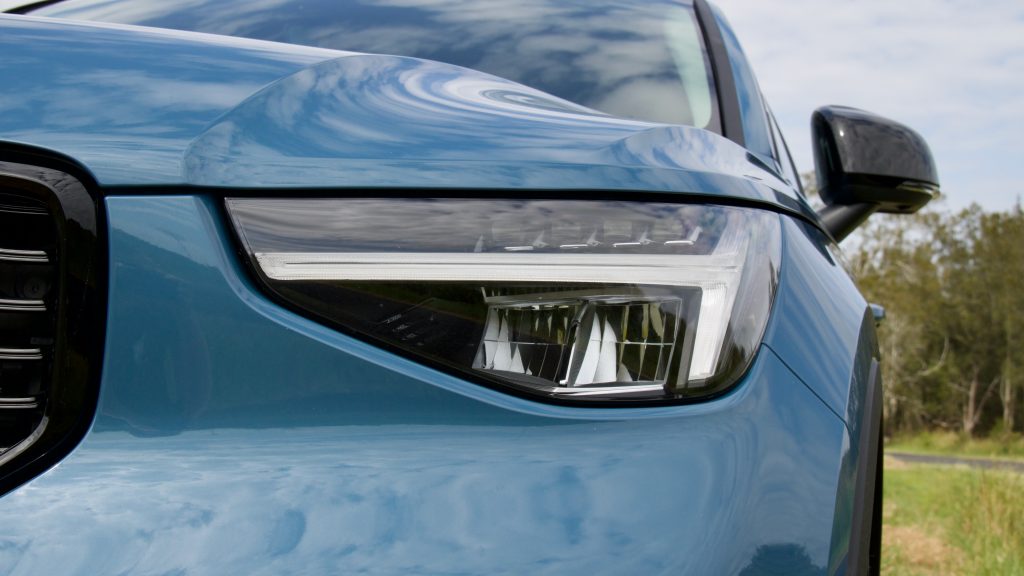
This means that they are very inadequately being used in lieu of headlights, yet because so many drivers cannot tell the difference between daytime running lights and headlights, they will drive along at night with just their DRLs on, with no tailights on, blinding everybody in front.
All cars should have rear daytime running lights
Better than just front daytime running lights are cars that have rear daytime running lights, which means that the tailights are activated with the front daytime running lights. This is an absolute no-brainer for me and I truly believe that rear daytime running lights should be mandatory for all vehicles – they already are on scooters and motorbikes, so why not cars as well? Let’s be as visible as possible on the road.
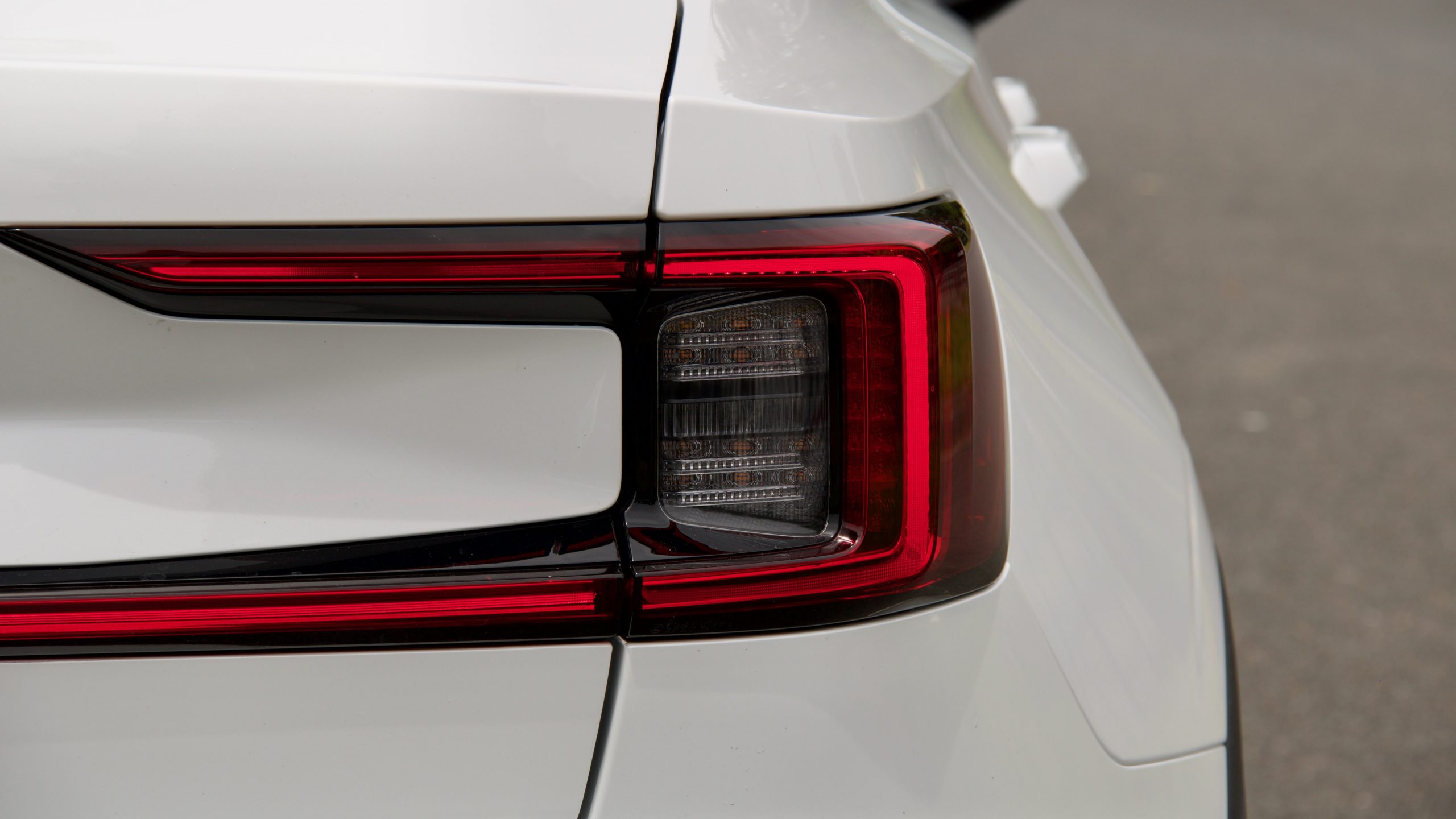
Thank you to the Australian arms of car makers like Peugeot, Citroen, BMW, Volvo, SsangYong and Polestar that feature rear daytime running lights on their new products, while some car makers like Audi, Mercedes-Benz and Mazda feature some models with them as well. This should be spread to all new cars as a minimum, in my opinion, and as an easy fix so at least the rear of cars will be lit up as a back up for when some drivers inevitably don’t have their lights turned on at night or in rainy conditions.
Drivers need to be taught the basics, even in 2022
Every week, I drive a new car that has advanced safety technology which is increasingly pushing cars towards becoming semi self-driving – for example: lane trace assist and adaptive cruise control, both of which are pretty common on the Australian new car market nowadays. These are features designed to help drivers and potentially save lives, yet many drivers wouldn’t have a clue how to use them – and the same is for headlights. Many cars have amazing new Matrix adaptive high beam technology, yet again, so many drivers have no idea that these features are designed to help them – or worse, they don’t know how to even use it.
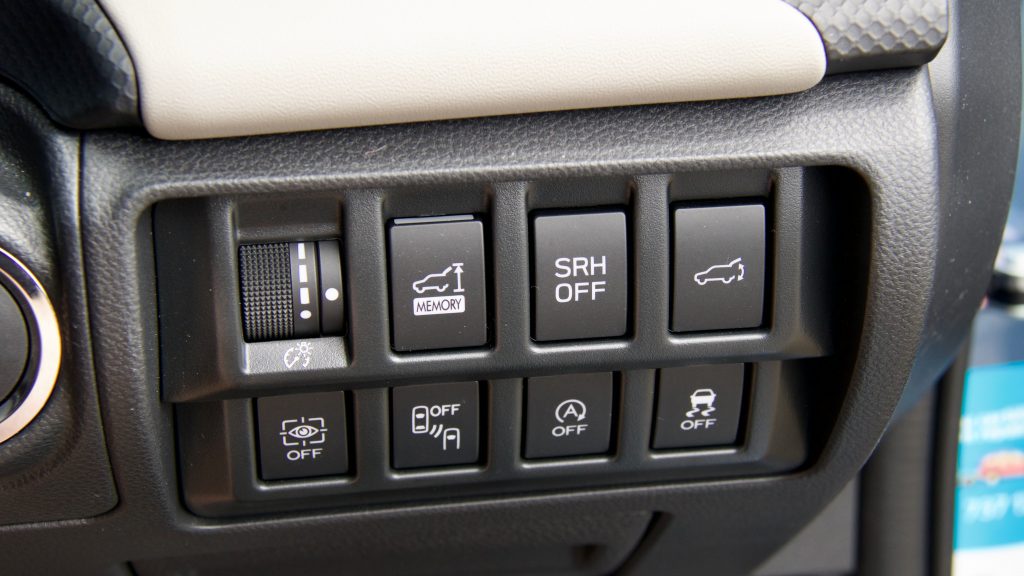
Should Australian new car buyers be taught how to use their cars properly? 100 per cent yes. I’ve worked in dealerships and know that car salesmen aren’t great in explaining the features of cars – yet it’s not their responsibility to teach drivers how to turn their lights on, it needs to start at the very beginning of a driver’s career on the roads. Driving schools need to inform people of how to turn their headlights on and be as visible as possible on the road – a lesson taught to me by my father (who drove trucks) very early on and it’s stuck with me ever since.
Why are drivers so afraid of using their lights?
While I’m sure that poor design is a big factor in cases of cars not having their headlights on, a lot of the time I see cars that have their daytime running lights deactivated, or worse still, cars which have tape covering their DRLs because their owners are seemingly afraid of their cars having headlights on. They are afraid of increasing their visibility to other motorists, therefore decreasing their chances of avoiding an accident on the road. Why is that? It’s absolutely infuriating!
Potential solutions to these problems:
- Designing cars to have unlit driver’s dials unless the headlights are on
- Drivers need to be taught to be as visible as possible
- Road signs should tell drivers to turn their headlights on at night and on rainy days
- Removing the ‘off’ position for headlights
- Standard fit rear daytime running lights
- Automatic rain-activated headlights
- Australian design rules need to change to force the above
It’s amazing that every week we drive new cars with a list as long as my arm of the latest in safety equipment and yet, car makers – because of poor design or lax Australian/global design rules – still allow owners to disable their headlights. Car makers spend literally billions of dollars annually in designing new safety features to keep cars as safe as possible – and to comply with the latest global automotive design rules – and yet the smallest thing is overlooked, and one that I think would do a lot to increasing road safety.
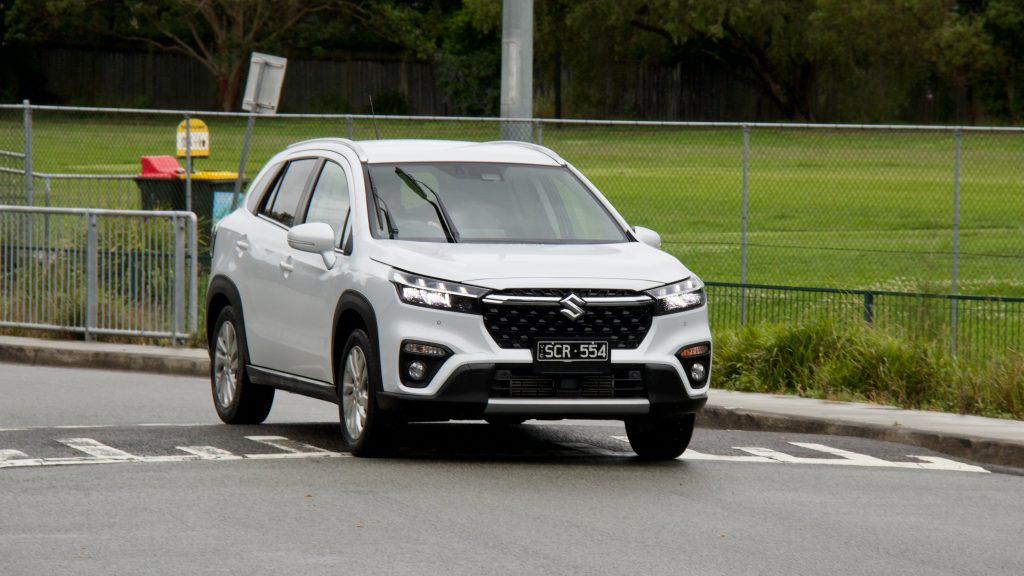
Thank you for reading my first rant about Australian new car drivers! If you have any suggestions as to what my next article should be about, please comment below to let us know. Stay tuned to DiscoverAuto for the latest automotive news and reviews.
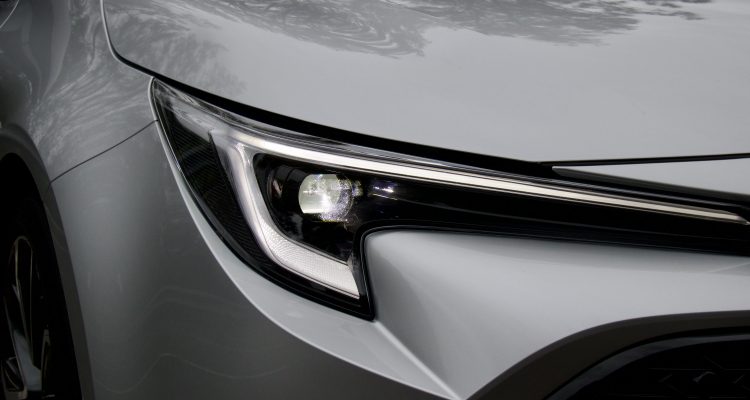
Great article Jake!